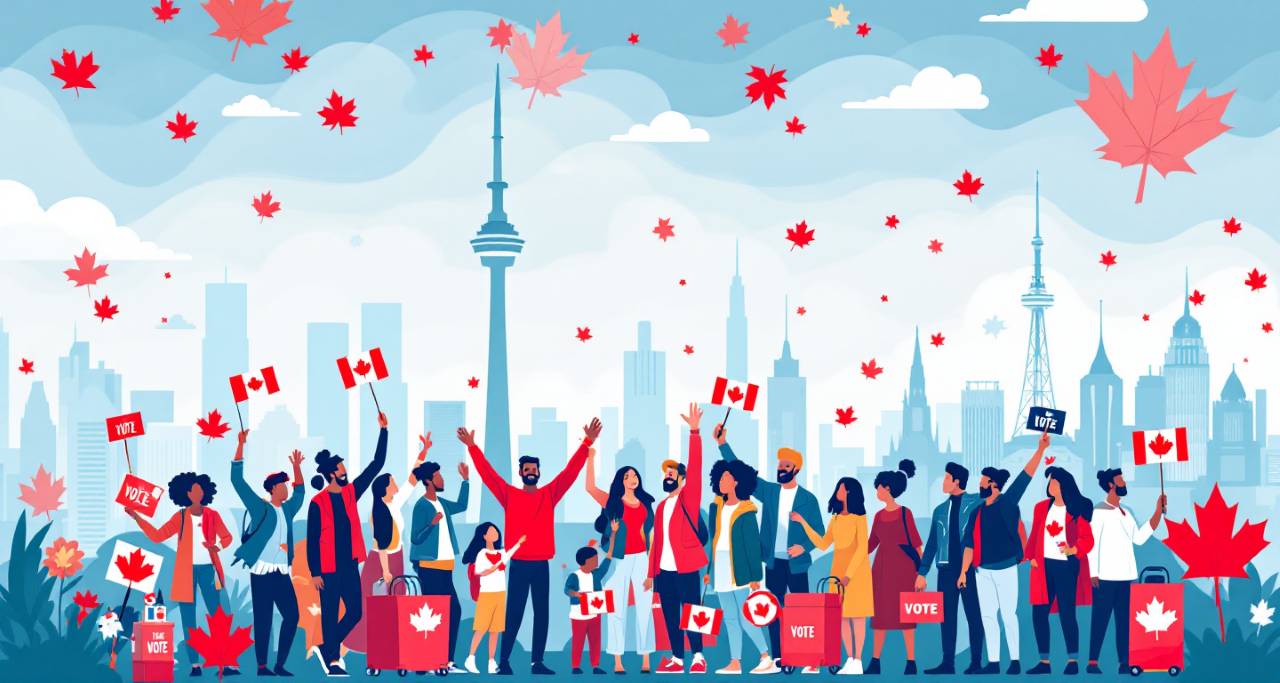
How U.S. Politics Are Shaping Canada’s Election
It’s a brisk April morning in Toronto, and the line outside the polling station at St. Lawrence Market snakes around the block.
There’s a palpable sense of urgency in the air—one that feels different from previous elections. Chatting with voters, a recurring theme emerges: the shadow of Donald Trump looms large, even north of the border.
A Nation at a Crossroads
“I’ve never felt so anxious about an American election before,” says Priya Desai, a 34-year-old marketing manager. “But this time, it feels like what happens in the U.S. could change everything for us, too.”
Today, Canadians are casting their ballots in a federal election that, by all accounts, has become a referendum not just on domestic issues, but on how the country should respond to the increasingly volatile politics of its southern neighbor.
Trump’s Threats and the Liberal Surge
In the final weeks of the campaign, former U.S. President Donald Trump’s threats to impose tariffs on Canadian goods and his renewed calls for a “tougher” border have dominated headlines. The Liberal Party, led by Justin Trudeau, has seized on this moment, positioning themselves as the only party capable of standing up to Trump’s bluster.
At a rally in Vancouver, Trudeau didn’t mince words: “We need a government that won’t be bullied. We need a government that will defend Canadian jobs, Canadian values, and Canadian sovereignty.” The crowd erupted in applause, a mix of relief and defiance.
Polls suggest the strategy is working. The Liberals, who were trailing just a month ago, have surged ahead, particularly in urban and suburban ridings where anxiety about U.S. interference is highest.
Personal Stories: Voting With the U.S. in Mind
For many voters, the decision at the ballot box is deeply personal. I met John McAllister, a retired auto worker in Windsor, Ontario—a city whose fortunes are tied to cross-border trade. “When Trump talks about tariffs, he’s talking about my pension, my grandkids’ future,” he tells me. “I want a government that won’t roll over.”
Meanwhile, in Montreal, university student Léa Tremblay says she’s voting Liberal for the first time. “I used to vote Green, but this election feels existential. I want someone who can actually push back against Trump.”
The Conservative Dilemma
The Conservative Party, led by Pierre Poilievre, has struggled to find its footing. While Poilievre has promised to “reset” Canada-U.S. relations, critics say his approach is too conciliatory. At a recent debate, he was pressed on whether he would stand up to Trump’s threats. His response—“We need to work with our allies, not antagonize them”—was met with skepticism from both pundits and voters.
Even some traditional Conservative supporters are wavering. “I’ve always voted blue,” says Mark Evans, a small business owner in Calgary. “But I’m not sure Poilievre has the backbone to deal with Trump.”
A New Kind of Election
This election has upended the usual script. While healthcare, housing, and climate change remain important, the question of how to navigate a world where Trump could return to the White House has become the defining issue.
Political scientist Dr. Amara Singh of the University of Ottawa puts it bluntly: “For the first time, a Canadian election is being shaped as much by Washington as by Ottawa. The Liberals have managed to turn Trump’s threats into a rallying cry.”
What’s Next?
As polls close tonight, all eyes will be on the results. If the Liberals do indeed take power, it will be a testament to the enduring influence of U.S. politics on Canadian life—and a signal that, for many Canadians, the best defense against Trumpism is a strong, united front at home.
Back at St. Lawrence Market, Priya Desai sums up the mood: “We can’t control what happens in the U.S., but we can choose how we respond. That’s what today is about.”
